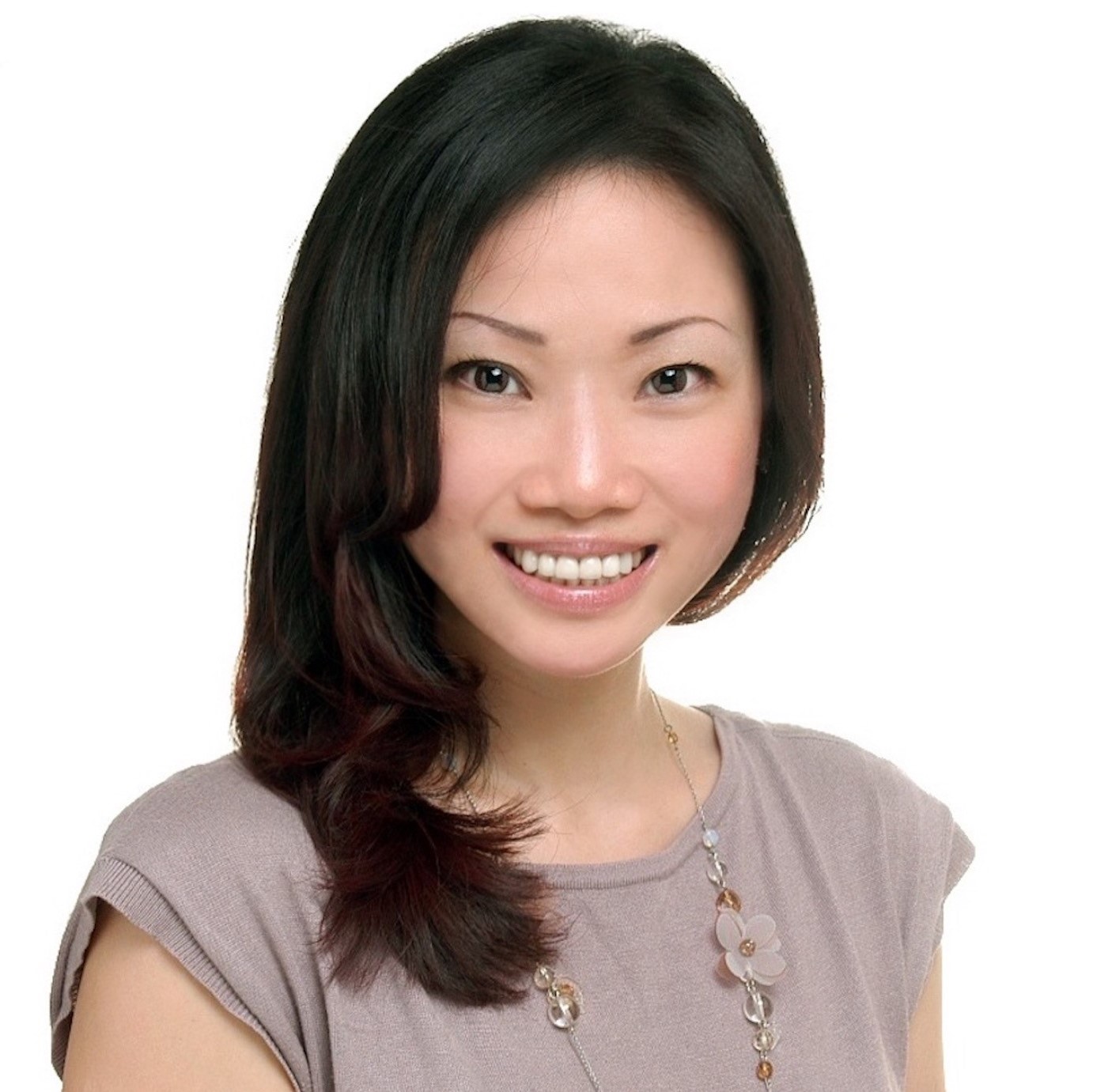
Dr. Chia Hui Ling
From SW1 Plastic Surgery Clinic
290 Orchard Road, #13-01 Paragon, Singapore 238859
OVERVIEW
Dr Chia Hui Ling is an award-winning surgeon, with a long list of accolades under her belt for her clinical and academic excellence. Being a female plastic surgeon, she is sensitive to the anxiety and emotions patients face with plastic surgery. Her genuine nature and meticulous approach to surgery has earned her many loyal patients.
A plastic surgeon known for her extensive experience in cosmetic and reconstructive breast surgeries, Dr Chia has a keen sense of breast aesthetics and also in-depth understanding of the breast anatomy and changes. For breast augmentation, her clinic houses the preferred Vectra XT ultra-high resolution 3D Imaging system, to help her patients visualise and decide on the best plan forwards. Within the premises of SW1 clinic is a MOH-approved Day Surgery Centre, where patients can be attended to in a very private and safe setting. Motiva implant is one of Dr Chia’s preferred breast implants, for its high safety profile, short scar and very natural look and feel.
Dr Chia has more than 15 years of surgical experience, which spanned across UK, Singapore and Korea. She was the recipient of 2 prestigious fellowship awards in Seoul, Korea (JW Lee Centre Fellowship Award in Plastic Surgery) and in the UK (AO Fellowship Award). She has published her work widely in renown international journals and plastic surgery textbooks.She co-founded Breast Reconstruction Awareness Singapore (BRAS), a non-profit society established from her passion to support breast cancer survivors on their reconstructive journey and to raise awareness in breast reconstruction. As a volunteer plastic surgeon with Smile Asia, she joins this global alliance of charities to treat facial deformities through surgical missions. Dr Chia is the current EXCO for Singapore Association of Plastic Surgeons and Singapore Society of Cosmetic and Aesthetic Surgeons.
Dr Chia practices at SW1 Plastic Surgery Clinic at Paragon Medical Centre, Singapore. She has accreditation at the following hospitals: Mount Elizabeth Hospital, Mount Elizabeth Novena Hospital, Gleneagles Hospital, Farrer Park Hospital, Mount Alvernia Hospital, Thomson Medical Centre, Concord Hospital, Singapore General Hospital, KK Women’s and Children’s Hospital, Tan Tock Seng Hospital and Changi General Hospital.
PROCEDURES OFFERED
Breast Augmentation
Hybrid Breast Augmentation
Breast Lift (Mastopexy)
Breast Reconstruction
Breast Reduction (Reduction Mammoplasty)
Lipofilling (Fat Grafting) to the Breasts
Clinic Hours
Mon
Tue
Wed
Thu
Fri
Sat
Sun
9:00 am - 8:00 pm
9:00 am - 8:00 pm
9:00 am - 8:00 pm
9:00 am - 8:00 pm
9:00 am - 8:00 pm
9:00 am - 4:00 pm
9:00 am - 4:00 pm
Mon 9:00 am - 8:00 pm
Tue 9:00 am - 8:00 pm
Wed 9:00 am - 8:00 pm
Thu 9:00 am - 8:00 pm
Fri 9:00 am - 8:00 pm
Sat 9:00 am - 4:00 pm
Sun 9:00 am - 4:00 pm
Medical Accreditation
MBBS (London)
MRCS (England)
MMed (Surgery)
FAMS (Plastic Surgery)
Languages Spoken
-English, Mandarin, Hokkien, Teochew, Cantonese
-Translator available for Bahasa, Malay, Korean
SUBMIT YOUR REVIEW
EXPERT ANSWERS ON FAQ
1. How do I choose the size of my breast implants?
Your plastic surgeon will work closely with you to make this important decision. Apart from your desired size, other factors to consider include your body frame, current breast size and skin laxity.
The desired bra size is often not an accurate way to estimate the implant size. Bra sizes also vary widely between brands. In general, 100 - 150cc equates to an increase of one cup size. The smaller your body frame, the less volume (cc) is needed to increase a cup size.
A simulation system, such as Vectra 3D, will help you to visualise the likely results after the placement of different sizes of implants. Another way is to put the implant into a bra or tight t-shirt to allow you to feel the possible result. You can also bring a bra with the size you desire to the consultation.
2. How do I choose a plastic surgeon for breast augmentation?
Do select a fully-accredited or board-certified plastic surgeon who is experienced in cosmetic breast surgeries. You should be comfortable during the consultation with him / her and the surgeon should take time to listen to your preferences and address your concerns. You may ask to see the plastic surgeon’s before and after photos to see some of his / her results.
3. Can I breastfeed after breast augmentation?
Yes. Breast implants are placed behind the breasts. If the implants are placed via incisions at the crease under the breast or at the armpit, there is minimal trauma to the breast tissues. This preserves the function of the the breast and its ability to produce milk is not affected.
4. How long after a breast augmentation before I can exercise?
You should avoid strenuous exercise for at least a month after the surgery. You may need to avoid exercises that involves a lot of chest movements, such jogging, skipping, rowing and yoga, for more than a month, depending on the surgical technique used. Your plastic surgeon will advise you accordingly.
5. Is breast augmentation painful?
Most women will feel chest soreness and tightness for a few days after the surgery, usually peaking at the first 2 days after breast augmentation. In general, women feel more discomfort after breast augmentation where the implants are placed under the muscle (submuscular or subpectoral) compared to under the breast (subglandular).
6. Does breast implant cause / increase breast cancer risk?
Numerous studies have shown that the risk of breast cancer is not increased in women who have breast implants. Evidence from National Cancer Institute (NCI) has also shown that having implants does not hinder the detection of breast cancer.
7. What is Breast Implant Associated Anaplastic Large Cell Lymphoma (BIA-ALCL)
This is an uncommon complication with the use of textured-surfaced implant. There is no known association with smooth/silk-surfaced implants. The risk ranges from 1 in 30,000 cases to 1 in 4000 cases. The signs are breast enlargement at 1 year or more after surgery or a mass in the breast or axilla. Most cases are localised (early) disease and are cured by implant removal and complete excision of the implant capsule. Advanced cases may require chemotherapy or radiotherapy or both.
